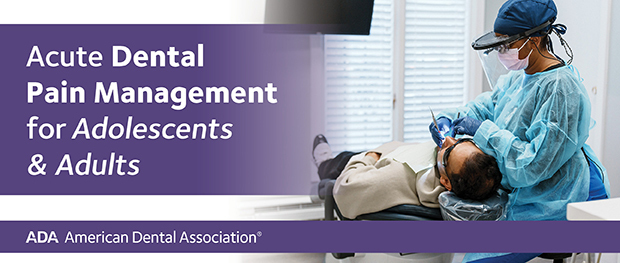ISDS Participates in a Multi-State Coalition to Address Workforce Shortage Issues
Dr. Ken Rawson, ISDS President
CODA sets the student-to-faculty ratios for all dental schools, dental hygiene programs, and accredited dental assisting programs, so it essentially controls how many graduates enter the workforce each year. These ratios have not changed or been explored in quite some time. We request to determine if they can be increased, potentially infusing more dental hygienists and assistants into the workforce.
Starting a brand-new program from scratch is a huge lift and takes significant time and money, so it would take years to have an impact. Increasing the student-to-faculty ratios for hygiene and assisting programs would be an immediate solution.
The multi-state coalition requested that CODA take the following actions:
- Immediately make the faculty-to-student ratio in the Dental Hygiene Accreditation Standards the same as in the Dental Therapy Accreditation Standards and the Dental Assisting Accreditation Standards. This change would result in identical Accreditation Standards for all three auxiliary professions with a faculty-to-student ratio of 1 to 6.
- Establish an ad hoc group to draft a clear rationale for setting faculty-to-student ratios for all CODA Accreditation Standards for which faculty-to-student ratios exist. This ad hoc group should, at a minimum, consider the following factors:
a. Should there be variation in the faculty-to-student ratios in the Accreditation
Standards based upon the complexity of procedures in which students are
being trained?
b. Should there be variation in the faculty-to-student ratios in the Accreditation
Standards based on technology used for training students?
c. At what ratio is ensuring appropriate technical instruction and evaluation
compromised?
d. Are there any factors within the control of educational programs that warrant
variance in the faculty-to-student ratios?
- Solicit robust feedback from the broader dental community on establishing the rationale for setting faculty-to-student ratios for Accreditation Standards, including faculty-to-student ratios. ASCDE and other organizations will gladly assist CODA in this stakeholder effort.
- Ensure that faculty-to-student ratios in CODA’s Accreditation Standards that utilize faculty-to-student ratios are consistent with whatever rationale is finalized by the Commission.
After receiving the state’s requests, CODA’s full Board of Commissioners discussed and considered the concerns and recommendations brought forward. They agreed to form an ad hoc committee and request that each state provide data on the intersection between the workforce shortages and their Accreditation Standards. ISDS will be providing updates as things progress.
Click here to view letters from the coalition to CODA.



.png?sfvrsn=dc555d4f_1)
